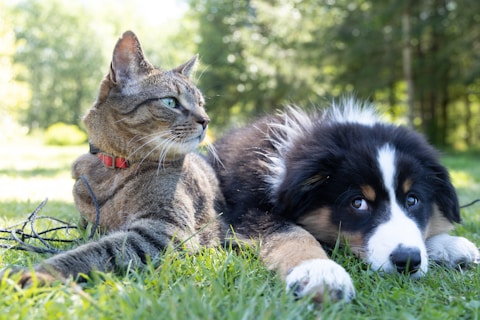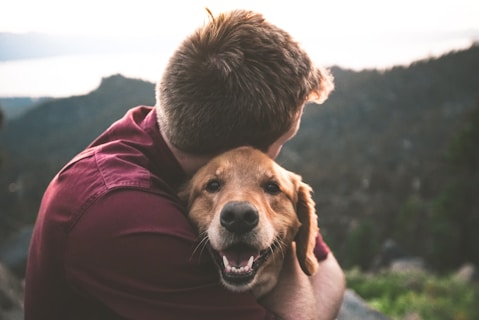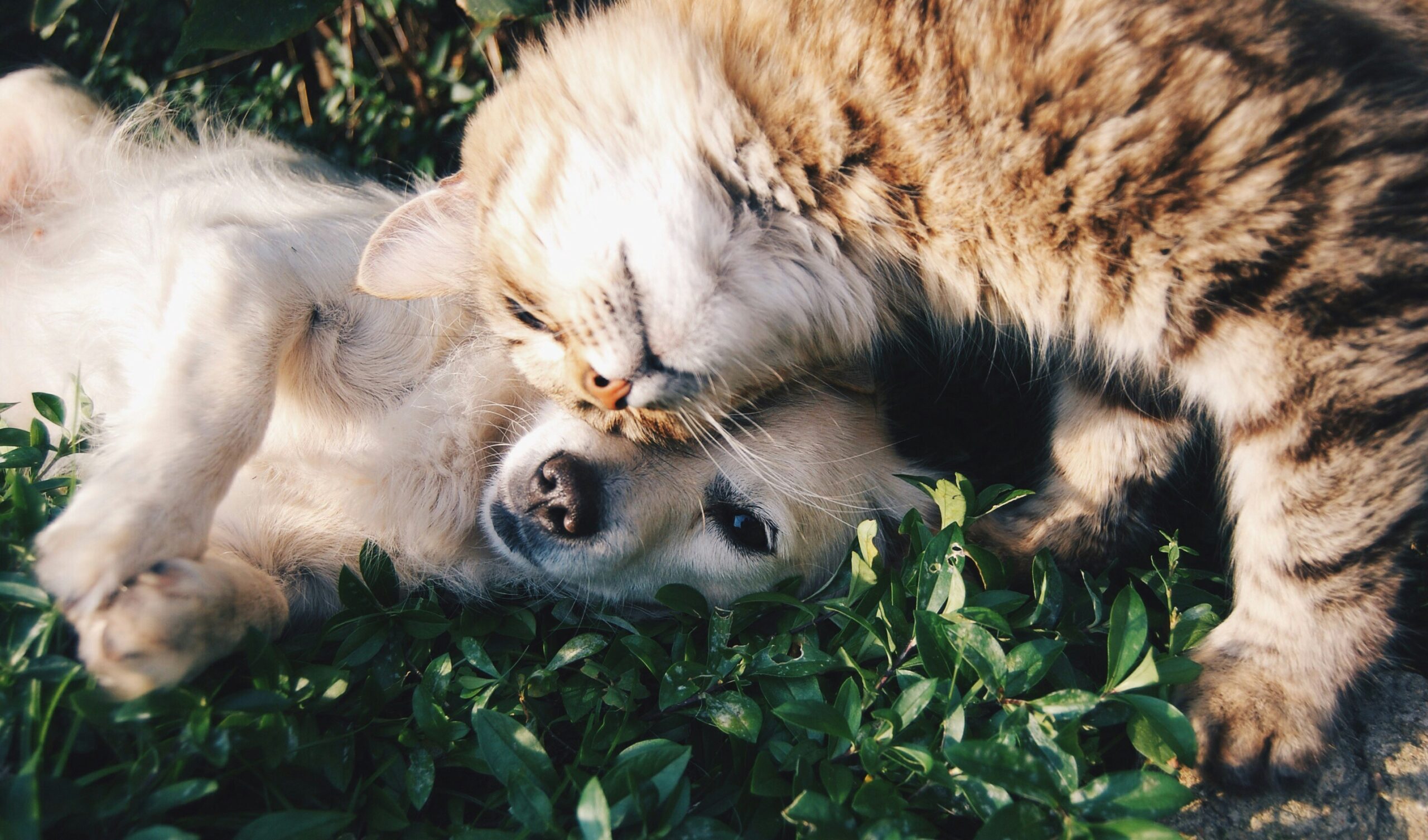

Feeding your dog isn’t just about filling a bowl—it’s about giving them the fuel they need to live a long, happy, and healthy life. A well-balanced diet helps prevent illness, supports growth and energy, and even improves mood and behavior. Whether you’re feeding a playful puppy, an active adult, or a senior companion, understanding your dog’s nutritional needs is key.
Just like humans, dogs need the right combination of nutrients to thrive. Poor nutrition can lead to issues like obesity, allergies, digestive problems, and low energy. On the other hand, a healthy diet can boost immunity, keep the coat shiny, and support brain and heart health.
There are several feeding options for dogs. The best choice depends on your dog’s age, breed, activity level, and any medical needs.
1. Commercial Dog Food (Dry or Wet)
2. Home-Cooked Meals
3. Raw Diet
4. Prescription or Special Diets
Puppies (up to 6 months)
Adults (1–7 years)
Seniors (7+ years)
Portion sizes depend on your dog’s weight, activity level, and metabolism. Overfeeding is a common issue, so always measure meals and adjust based on your dog’s condition.


